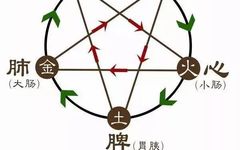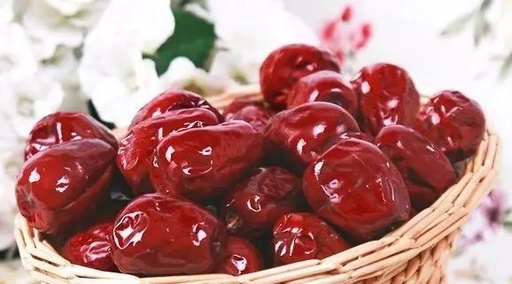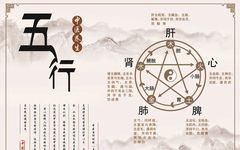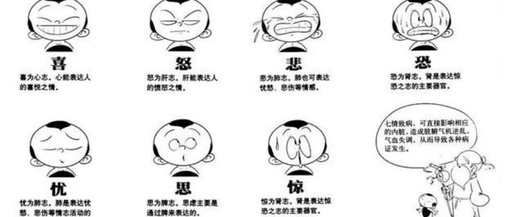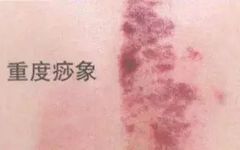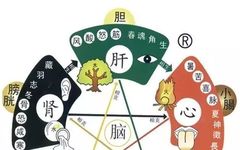The Comprehensive Discussion on the Interrelationship of the Five Organs: Mutual Generation and Mutual Restraint
Hello everyone, I am Dr. Liu, a Traditional Chinese Medicine (TCM) practitioner. Today, I will explain the understanding and discussion of the five organs in TCM! The five organs are all “born with a purpose,” each fulfilling its role. However, the organs are not isolated; they are closely interconnected. As Zhang Zhizhong from the Qing … Read more

